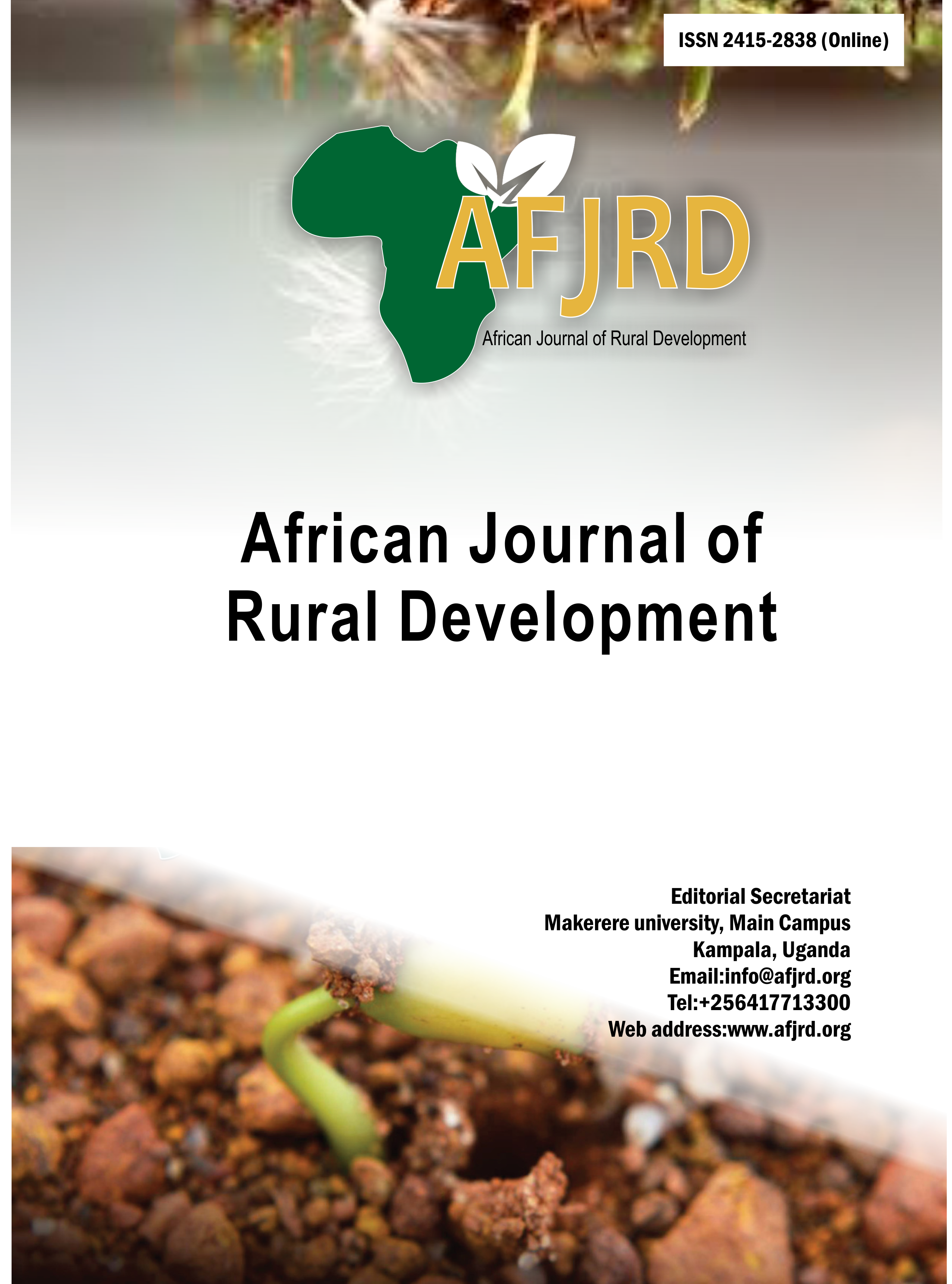The changing face of agricultural education and extension within a changing policy context in Africa
Main Article Content
Abstract
Tertiary Agricultural Education (TAE) institutions1 perform a range of functions that
complement their principal focus on training and human capital development. These
include research, a critical component of higher degree training, outreach and community
development, policy and advocacy, and increasingly product development and public-private
partnerships. However, there are a range of institutions in the agricultural sector that also
provide these functions, most of them specializing in a specific function, in what could be
termed the organizational ecosystem within the agricultural sector. Faculties of agriculture
often face dilemma in the sense that these subsidiary functions are necessary to ground faculty
in a rapidly changing sector and to provide post graduate students with the skills they will
need when they enter the labor market. At the same time financial resources are limited in
universities to support these functions. This dilemma would argue for closer linkages between
faculties and other organizations within the agricultural sector, in what is commonly referred
to as agricultural innovation systems. However, such linkages require coordination, resources
to support what are termed transaction costs, and mutual benefits from the arrangement.
Because of these factors, institutional linkages have proven to be more the exception than
the rule, even more so within a rapidly changing policy and institutional environment. This
paper looks at an historical perspective in the development of the complex of institutions
supporting the agricultural sector and attempts to identify the principal drivers of institutional
change and change in institutional arrangements.
Article Details

This work is licensed under a Creative Commons Attribution 4.0 International License.
